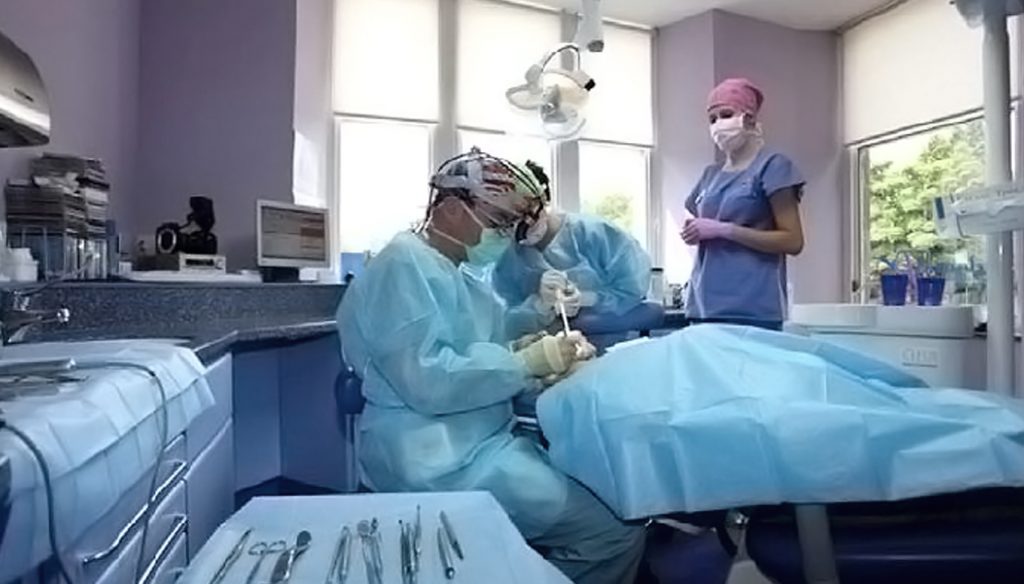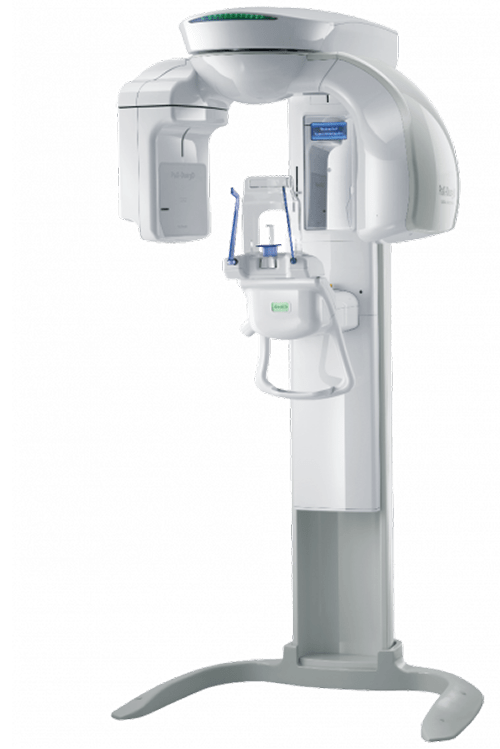
We should look, learn and listen to patients and ascertain more than oral fitness before placing implants. When we talk of the changes within the dental profession that have occurred within the past 25 years (and the pace has been febrile), we normally think of the technical advances that have been made. But attitudinally the profession has altered significantly.
Of course there have been wide ranging cultural changes in our society and these are often reflected in the way dentistry is practised. But it is the rise in consumerism that has had, and will increasingly have, the greatest influence. To-day the patient has greater knowledge and confidence and more choice. The days of simply respecting dentists because they are members of ‘a profession’ are long gone. Patients are now consumers and prepared to demonstrate their power through litigation.
I practise in Bearsden, Glasgow and have been placing implants since 1991. I am something of a student of change and acknowledge that much of this change has been, and is being, forced on dentists, like it or not.
We now all work in far safer environments than we did in the 1980’s and 90’s. We have far more information available to us and I believe we have better relationships with patients who truly value dentistry. My aim is always to form friendships with patients and to consider each treatment as working in partnership.
Some dentists will not be comfortable with the concept of, what they may see as, forming relationships with patients that could adversely affect objectivity. I sympathise with this view and recognise each case has to be considered individually and on its merits.
For me the key is building a rapport with patients, asking the right questions and being a very good listener. I know that, for one reason or another, many people are fearful of undergoing implant treatment. They may anticipate it will be painful, but there could be other anxieties that a good listener will uncover and address. For many the cost may be an objection or barrier, but in reality this may hide their true concerns. Understanding and dealing with such problems and confirming their wants and desires will help in finding a solution and further help build the relationship. We must never assume what the patient wants nor assume what they can afford.
There are some distinct and definable benefits in such an approach as once you have understood the concerns of a patient, you are in a position to explain your diagnosis and planning in a way that will comfort and reassure. You understand the patient’s perspective rather than simply advocating a treatment programme. You are also better able to explain oral hygiene, periodontal/periimplant health and the importance of regular monitoring and assessment. For instance, my advice on smoking and drinking is regarded as helpful rather than being perceived as a headmaster’s lecture!
Look, listen and learn have thus become sacred words in my practice. Dentists should ascertain more than just oral fitness before placing implants. Evidence-based dentistry, listening to and learning from other clinicians, and being honest rather than heroic is the right approach. Every patient should be treated as if he or she were my wife or daughter.
Whilst I happily accept that every clinician will establish the protocols and procedures with which he or she is comfortable, the profession as a whole should recognise and utilise the technically superior information and equipment now available.
For those of us who have been placing implants for many years, using conventional imaging techniques, we have to recognise that technology and in particular cone beam CT scanning, now affords us a greater expanse of information. CBCT has changed the way we plan our treatment and present it to the patients.
The film based scans (and in many cases the absence of scans altogether) available to us until a relatively short time ago were far from perfect”, states Stephen, “bluntly it is scary what we missed and the number of failing implants we are still rectifying”.
I have installed 3D digital imaging and sought the advice of Bill Schaeffer in “the Which? Guide to CBCT”. I chose the Pax-Duo3D from Vatech and E-Woo. I took the clarity of image as a given. I have in no way been disappointed and the product knowledge, training and after sales support have all been excellent.
3D imaging has effectively raised the bar and allows the clinician to place implants with greater confidence. However having increased levels of information available puts a greater responsibility on dentists to ensure that nothing is left to chance. I am a strong advocate of the variable FOV that comes with the Pax-Duo3D because it means that I scan only the area in which I am interested. This minimises patient exposure to radiation and restricts the areas that we have to report on.
We have to remember that, unlike some areas of dentistry, it is difficult to re-do implants. And today, with the technology available, it should rarely be necessary.

| PUBLISHED IN: | The Dentist, December 2010 |
| DENTIST: | Dr. Stephen Jacobs |
| EQUIPMENT: | PaX-Duo 3D |
| DENTAL PRACTICE: | Dental FX - Implants and Cosmetic Dentistry |
| ADDRESS: | 84 Drymen Road Bearsden Glasgow G61 2RH |
| TELEPHONE: | 0141 931 5533 |
| EMAIL: | info@dentalfx.co.uk |
| WEBSITE: | dentalfx.co.uk |